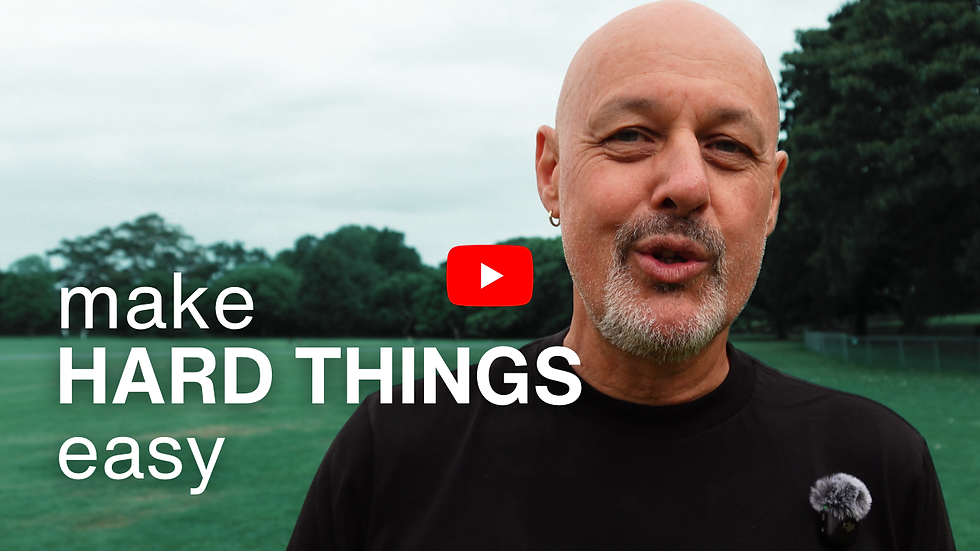Why Series A Burnout Happens
- Bonny Morlak

- Apr 1
- 3 min read
Updated: May 21
(And How to Recover as a Founder)

You did it. The wire hit. You closed your Series A.
Your team’s watching. Your investors are waiting. You’re supposed to feel on top of the world.
Instead? You feel behind. Burned out. Guilty. Disconnected.
If that’s you, you’re not alone. This could be Series A burnout, and it’s more common than you think.
In this post, I’m breaking down why this post-fundraising crash happens, what founders get wrong at this stage, and most importantly, what to do instead. This is the turning point most startup stories don’t talk about, but it can define everything that comes next.
The Post-Fundraising Crash Is Real
Closing a round is supposed to unlock momentum. But for many founders, it creates a strange emotional low.
Why?
Because during fundraising, your system runs on adrenaline. You’ve been selling, pitching, proving. And now that it’s over, your body crashes. Your brain’s depleted. Your product’s been on pause. Your team adapted without you. And your relationships? Likely took a hit.
You’re not broken. You’re human. But here’s where most founders mess up…
Why Series A Burnout Is So Dangerous
Series A is a major milestone. But the skillset, mindset, and pace that got you here? They won’t get you to Series B.
Early-stage hustle mode is all about testing and chaos. Now, the game has changed. It’s about focus, clarity, and sustainable execution.
Let’s walk through the 3 shifts that help you recover from Series A burnout, and come back stronger.
1. Take a Real Break (Yes, Really)
Most founders don’t feel like they can stop. The pressure to justify your raise, to grind, to prove, can be overwhelming.
But your team doesn’t need a depleted version of you. They need your clearest thinking. And that only happens when your nervous system resets.
Take 1–2 weeks off. Tell your team you’re off-grid unless someone’s hair is literally on fire. You’ll feel restless at first. But around day 8 or 9… ideas will start to flow again. That’s your brain catching up.
2. Fix What Cracked During Fundraising
While you were heads-down fundraising, things likely slipped:
Your team formed new habits (not all of them good)
Your product drifted from the core vision
Relationships took a back seat
Now’s your chance to recalibrate. Declare a Quarter of Culture. This isn’t about micromanaging—it’s about resetting the tone. Clarifying priorities. Rebuilding momentum intentionally.
Focus isn’t just knowing what to do—it’s knowing what not to do anymore.
3. Build a Culture That Scales Without You
At this stage, your company must function without you making every decision. That means:
Creating clear priorities
Defining what’s urgent vs. noise
Empowering your team to lead
You also need to model what sustainable leadership looks like:
Set boundaries. Say no to busywork. Make “rested clarity” your new edge.
This is your invitation to pause, realign, and grow intentionally. You've raised the money. Now it’s time to become the leader your future company needs.
Want the Full Breakdown? Watch the Video:
Ready to Lead Smarter in 2025?
If this post resonated, subscribe to the Happy Founder Newsletter and get weekly insights on building a resilient startup without burning out.
Want to go deeper?
Grab your copy of the Happy Founder book to learn how to scale your company without losing yourself in the process.


